Discover Romania's UNESCO Heritage - Best Tour
Medieval towns, fortified churches, painted monasteries, wooden masterpieces and ancient Dacian ruins are just some of the attractions that make up Romania's exceptional cultural heritage.
Highlights of UNESCO sites:
Departures: all year
Duration: 8 days / 7 nights
PRIVATE TOUR: by car / minivan
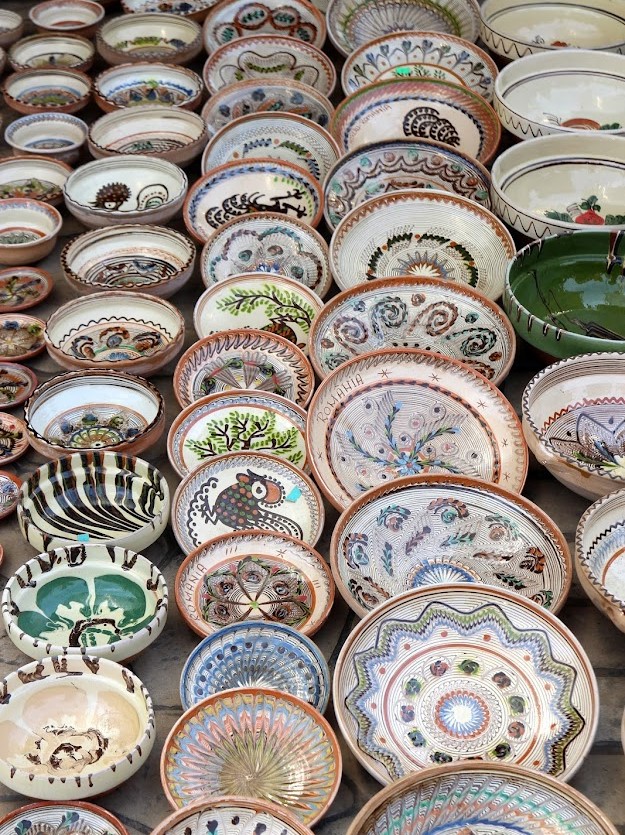
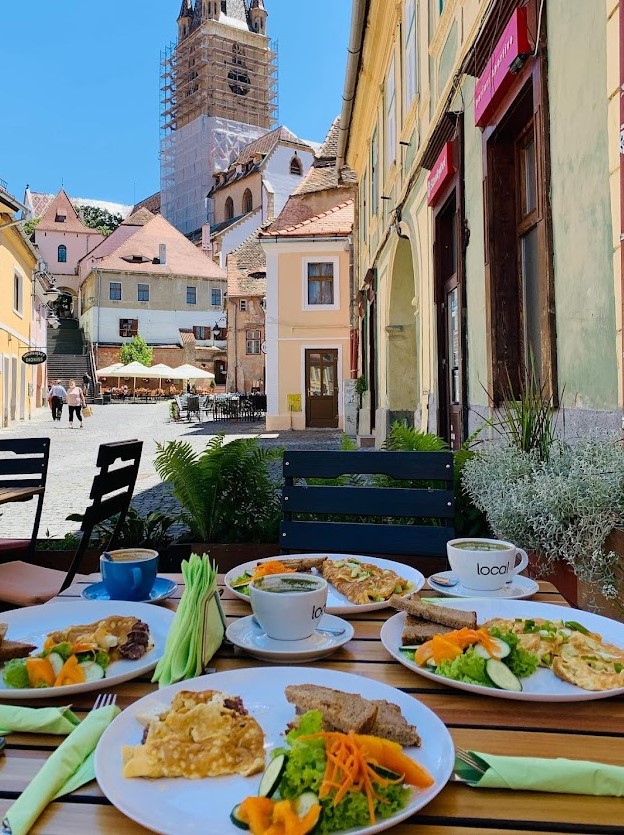
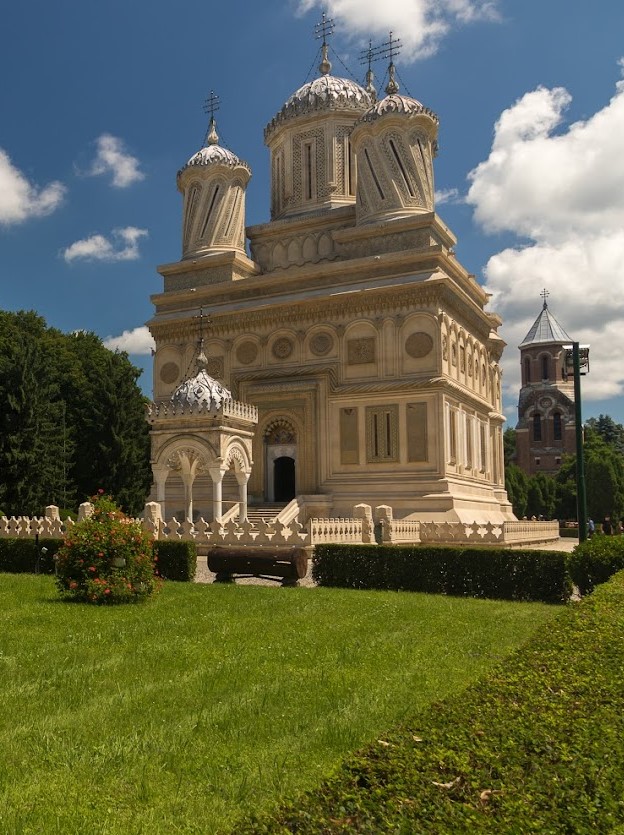
We start the tour in the morning from Bucharest heading Sibiu medieval city.
On the way we will have visit of Curtea de Arges Monastery and Horezu pottery village.
Horezu Ceramics is a unique type of Romanian pottery that is traditionally produced by hand around the town of Horezu in northern Oltenia (Valcea County), close to the famous Horezu Monastery. It reflects many generations of knowledge and skills development of pottery, which is why the craftsmanship of Horezu pottery was inscribed on UNESCO Intangible Cultural Heritage Lists in 6 December 2012.
Horezu ceramics are decorated in a unique, easily recognizable style marked by specific elements: roosters, stars, trees, snakes, folk motives and the sun.
Overnight in Sibiel, a pitoreque village at guest house. We have dinner included, traditional homemade food and drinks: tipical wine and traditional drink named tuica or palinca, a kind of plum brandy.
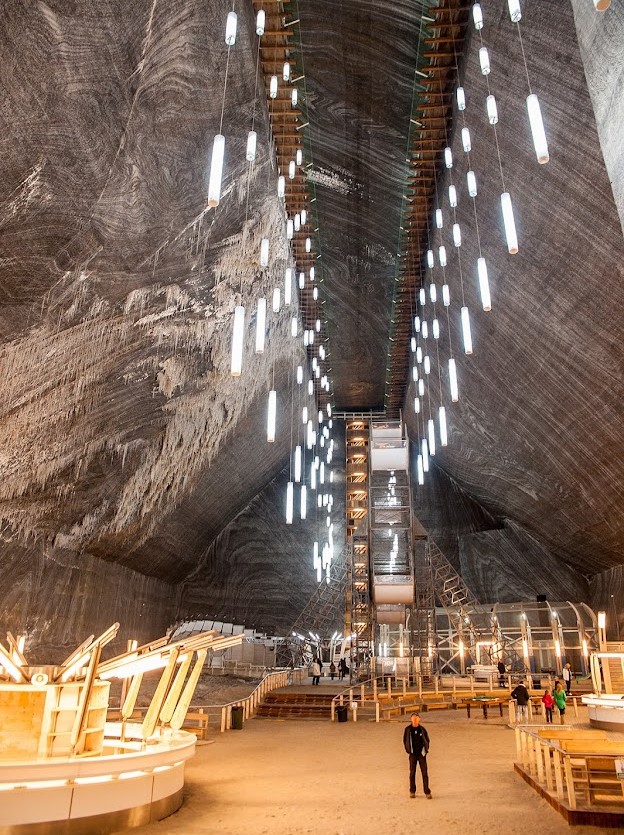

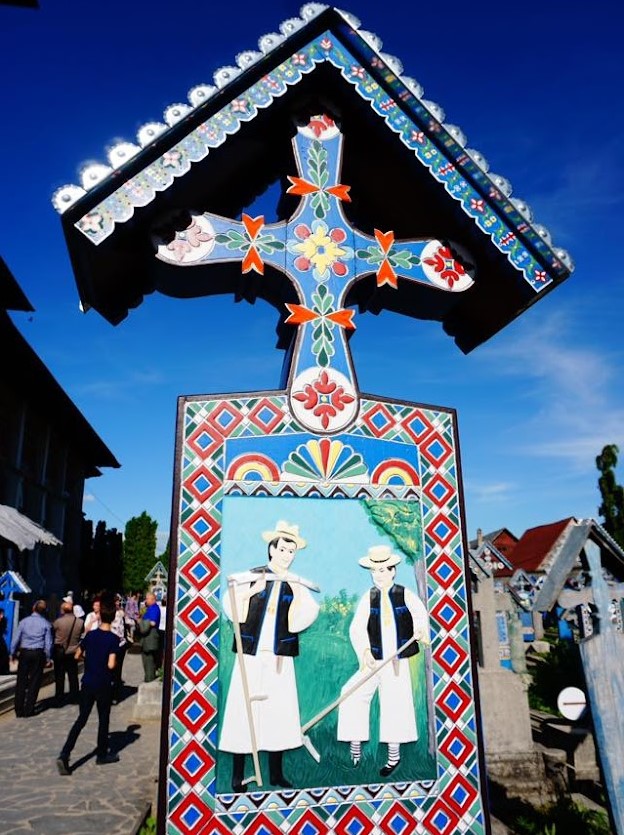
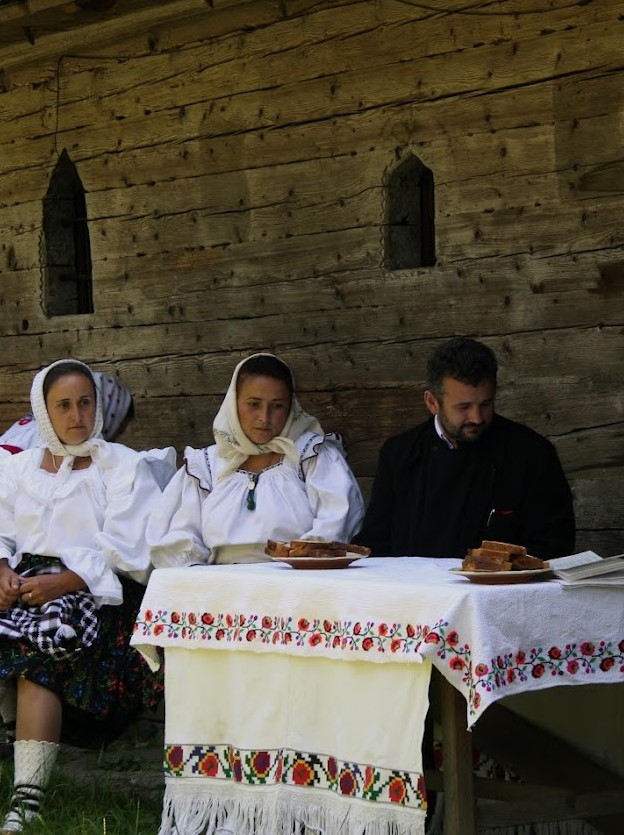
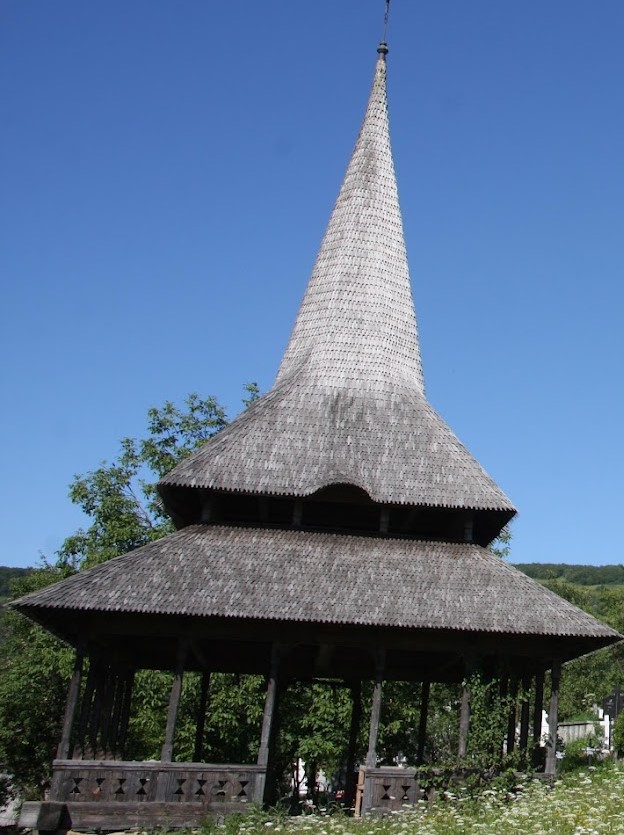
The village of Sapanta, located just 4 kilometres south of the Ukrainian border is world-famous for its original idea: a special kind of graveyard, with wooden crosses painted in vivid colors. A particular blue, called „Sapanta blue" rules over all the other colors.
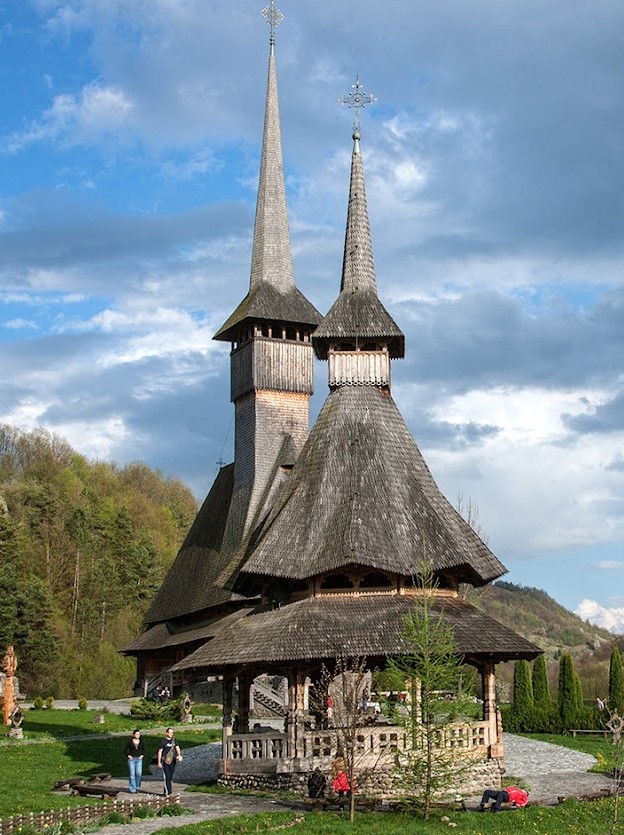
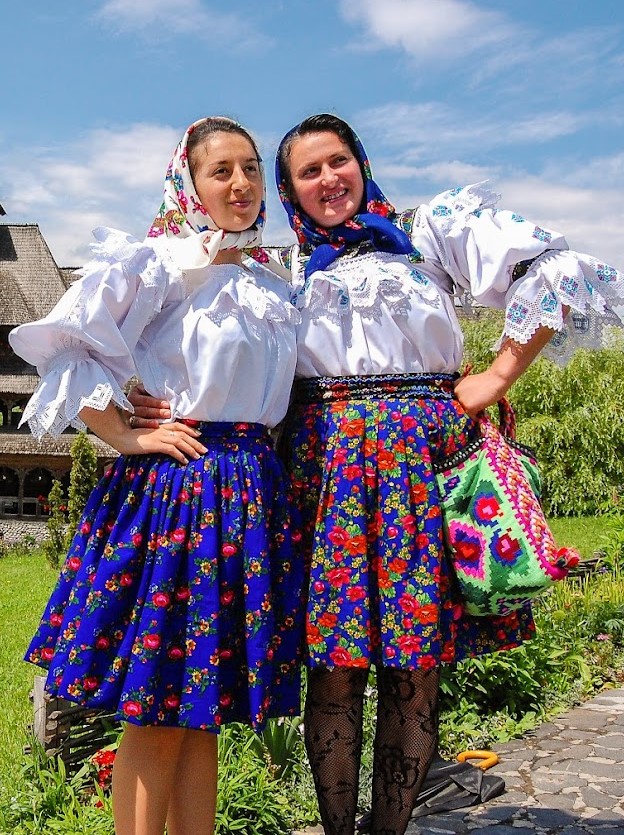
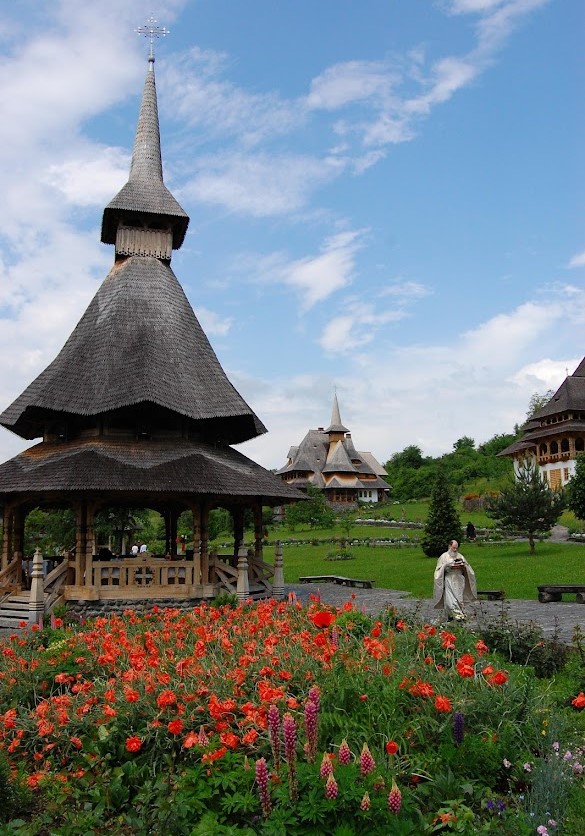
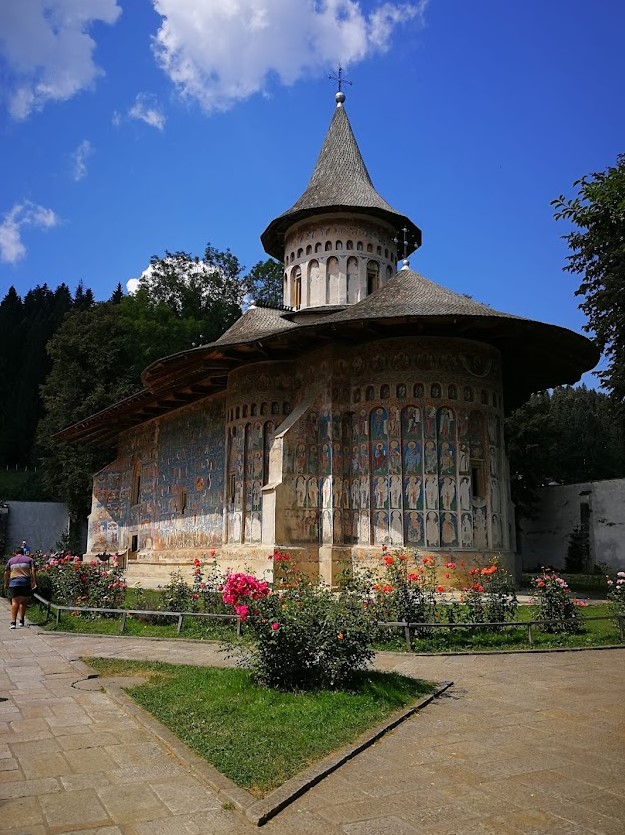
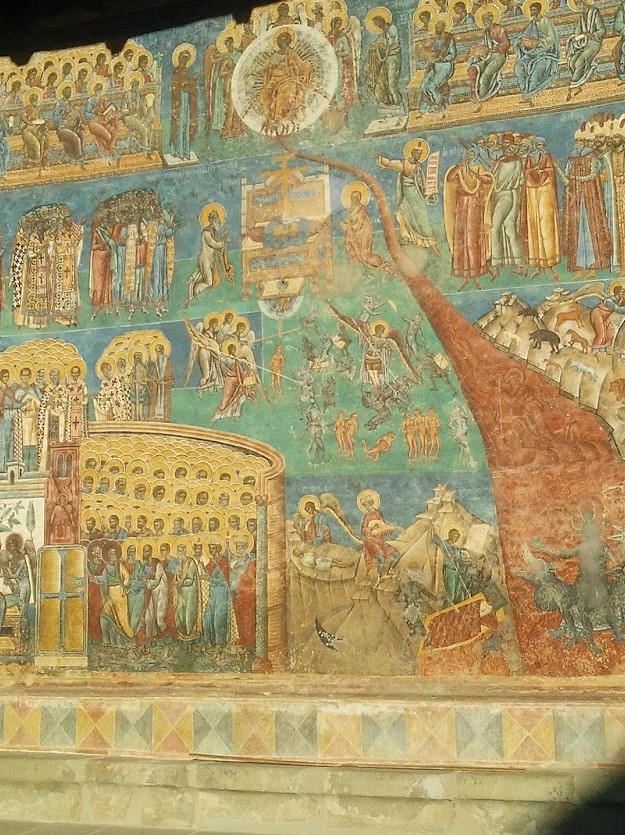
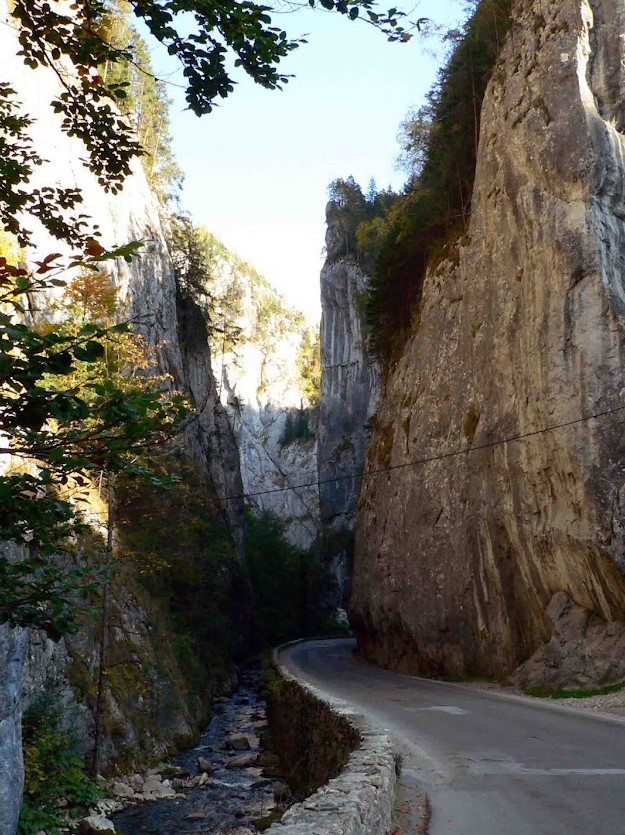
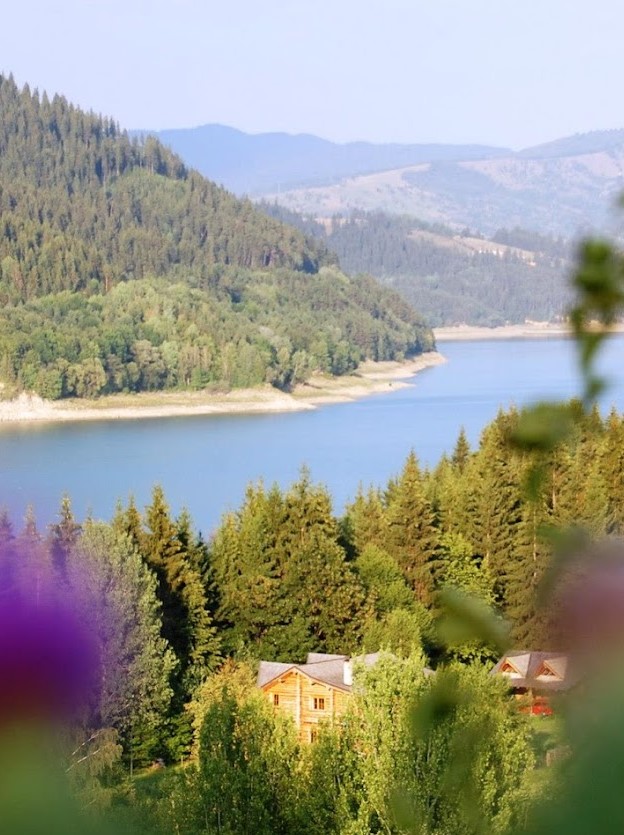
The largest fortified church in southeastern Europe, Prejmer (Tartlau in German) was built by Teutonic knights in 1212-1213. The oval-haped courtyard is protected by 40-feet high / 12-feet thick defending wals, which are surrounded by a, 18-feet deep / 25-feet wide, water ditch.
Historical records attest that in its 500 years of existence, the fortress was besieged 50 times.
However, it was only captured once, in 1611 by Gabriel Báthori, Prince of Transylvania; the fighters defending the fortress have surrendered after several days without any drinking water.
Bastions, drawbridges and a secret, subterranean, passage are some of the features of Prejmer stronghold.
The church's most-feared war device was the "death machine," made of several fire-weapons that could shoot simultaneously, causing the enemy significant losses.
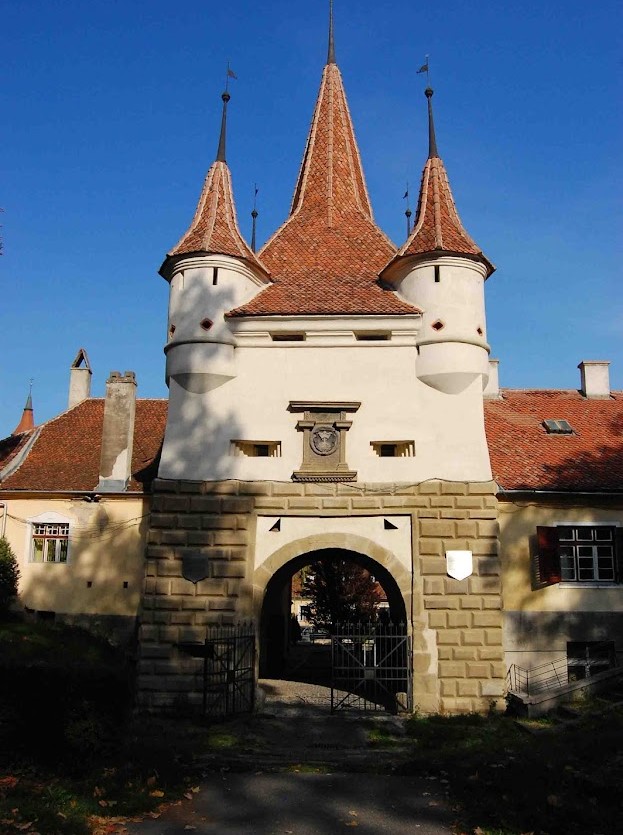
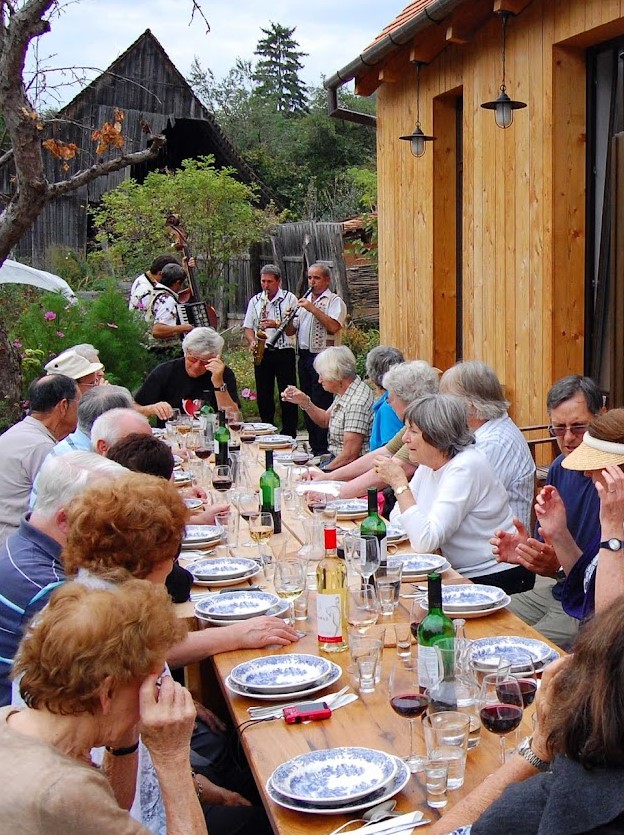
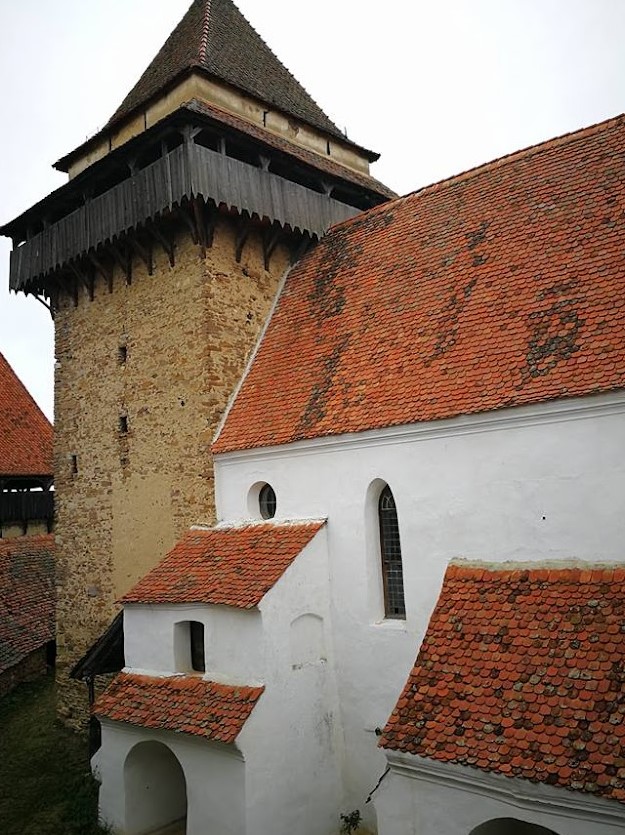
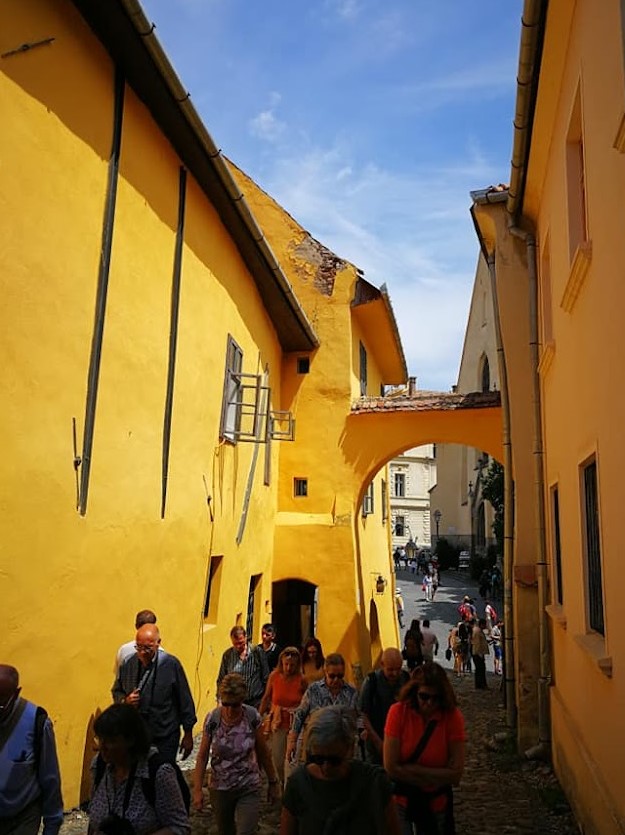
Viscri Fortified Church is one of the 25 UNESCO World Heritage Sites in Romania. The name comes from the German Weisse Khirche, meaning white church.
Unlike other Transylvanian fortified churches, Viscri was built around 1100 by the Szekler population and taken over by Saxon colonists in 1185. This explains why this unique gothic church displays a plain straight ceiling rather than a traditional vaulted one. In the 14th century, the eastern section was rebuilt and around 1525, the first fortification walls with towers were added. In the 18th century, the church was endowed with a second defensive wall. Inside, you can admire a classic 19th century altar featuring a Blessing of the Children centerpiece by the painter J. Paukratz from Rupea. During 1970-1971, the fortified church underwent major renovations.
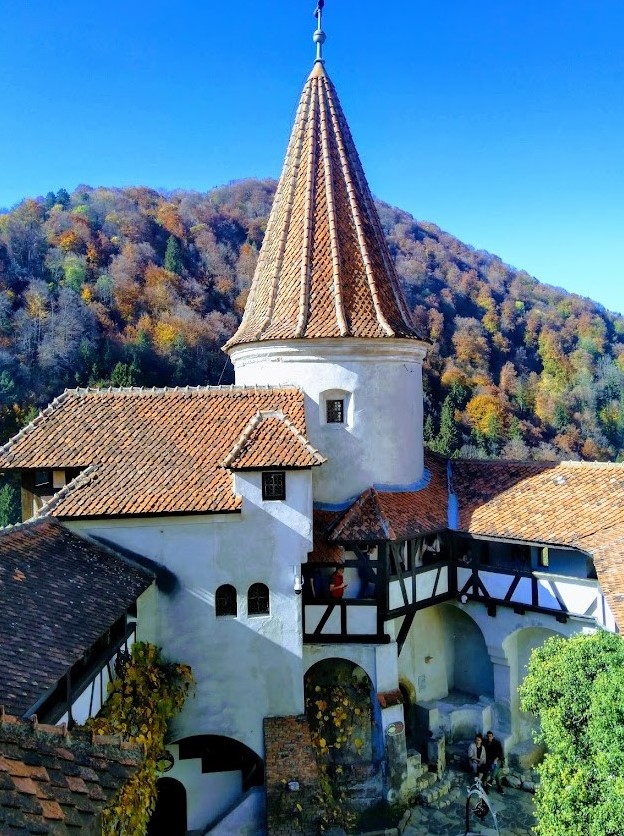
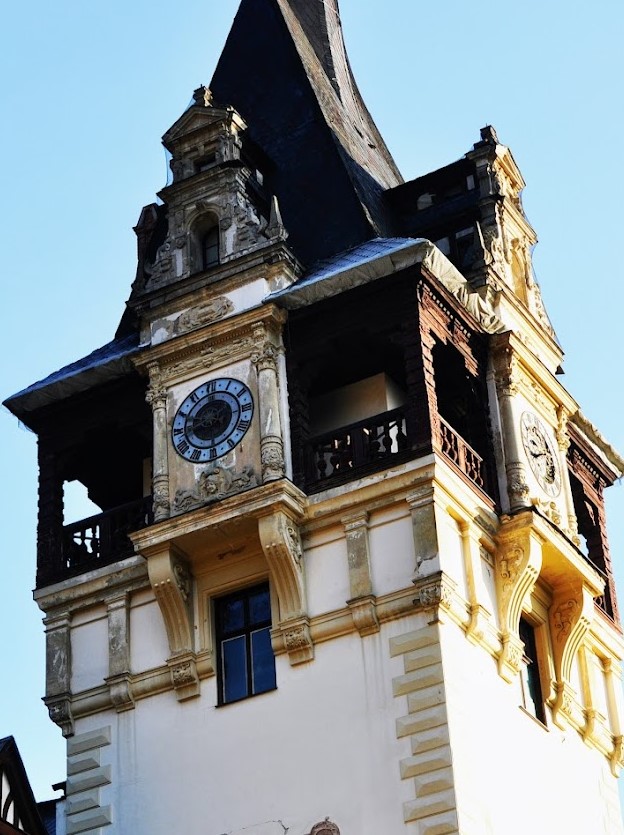
From 1290 EUR/pers
*contact us for a personalized quotation
- Professional guide assistance, English speaking (or other languages upon request), during the whole trip;
- Transport by private modern AC car/mini-van (fuel and parking fees incl);
- Airport pick-up/drop off (if the tour starts and ends at the airport - upon request);
- 7 night accommodation, breakfast included, in 3* and 4* hotels and 3* rural guesthouse;
- City tour in each city in the trip.
- Entrance fees to the touristic attractions included in the itinerary;
- Photography fee;
- Meals, other than those mentioned in the itinerary;
- Other expenses (such as souvenirs, room service, tips and so on).

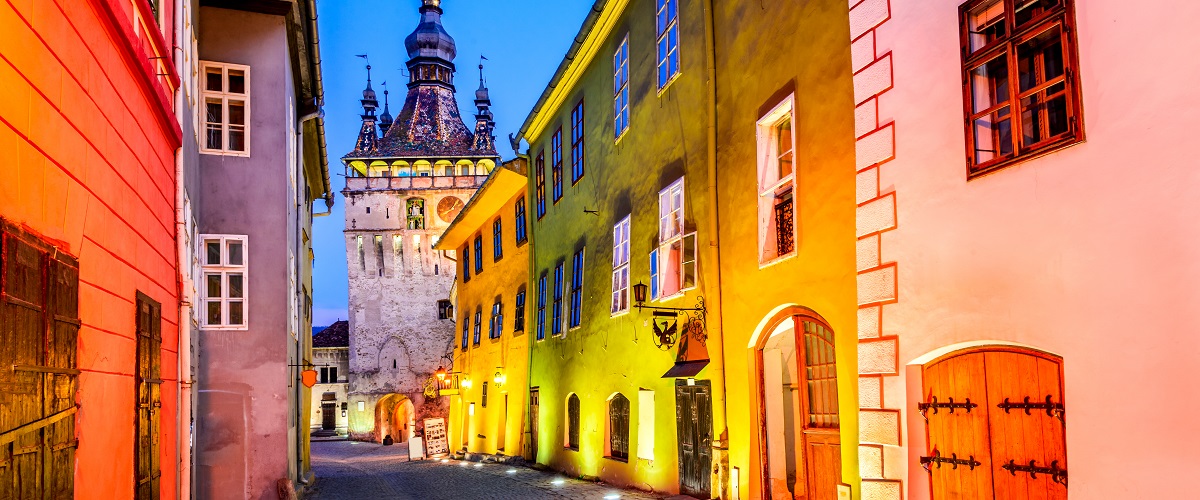
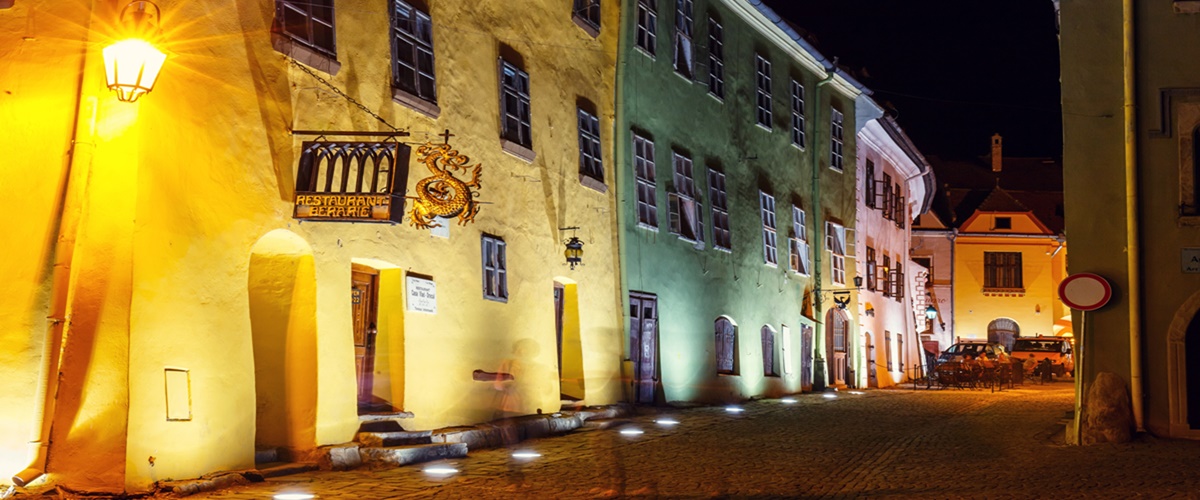
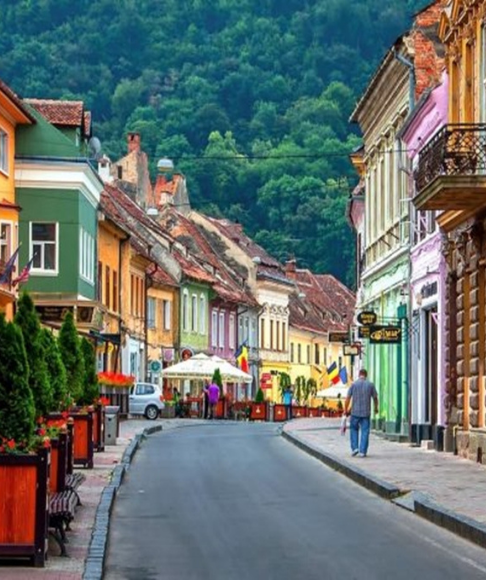
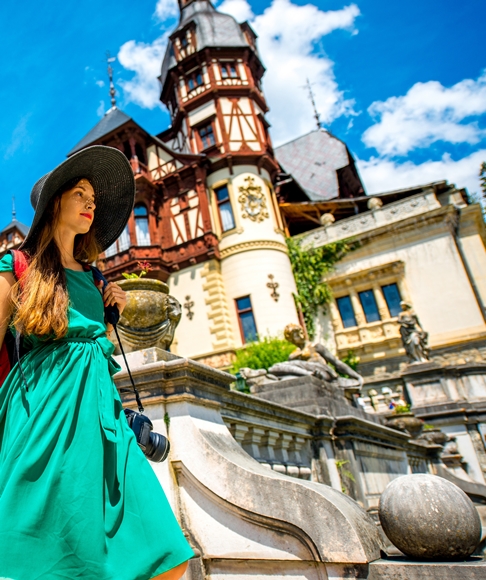
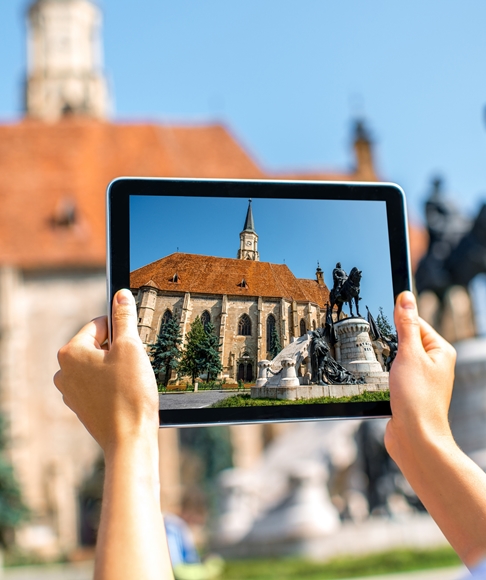
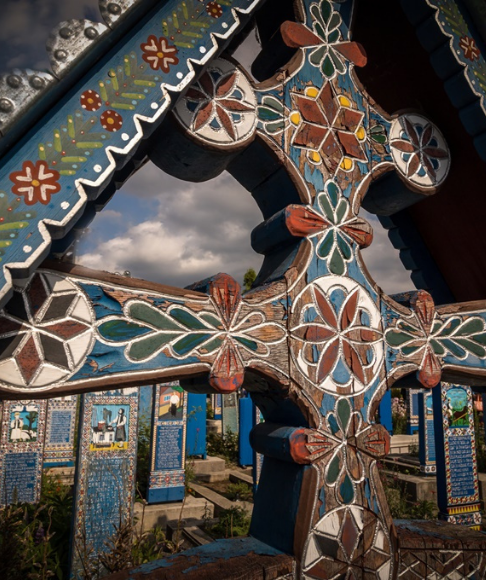
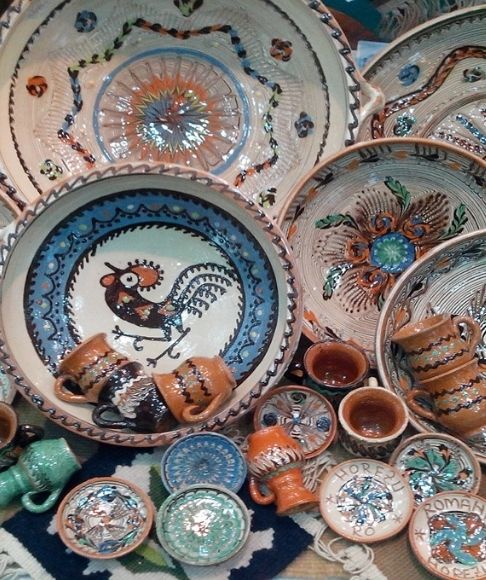
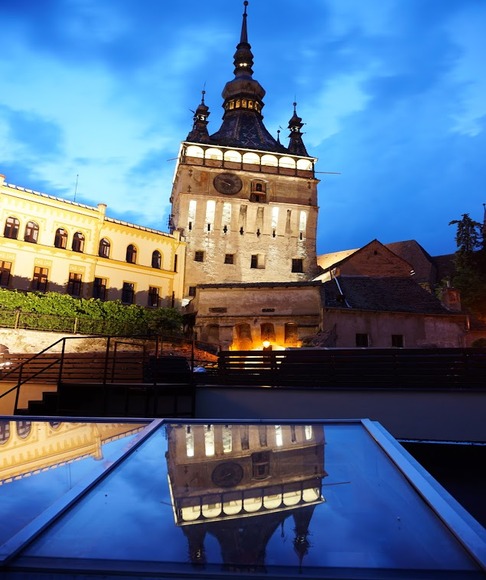
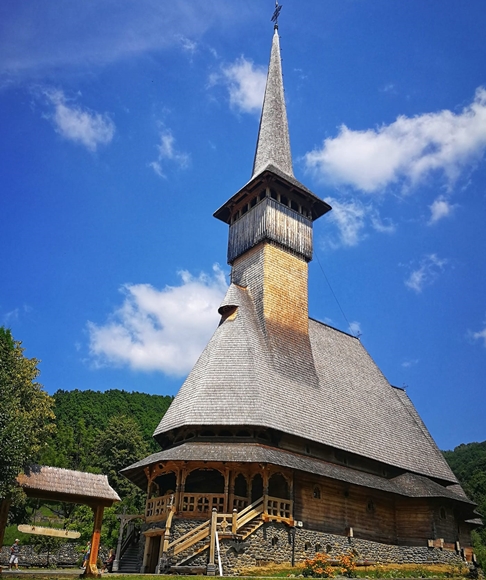
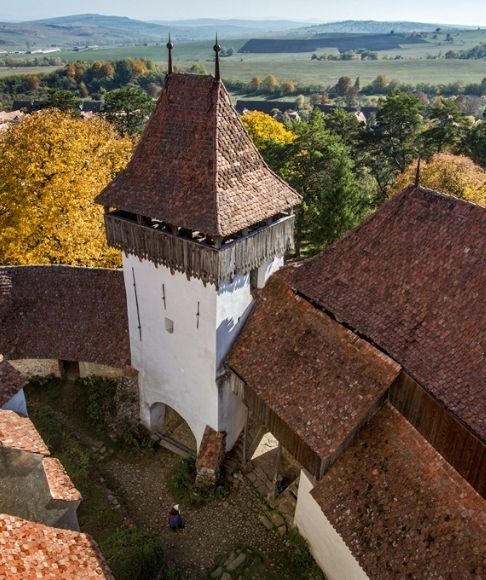
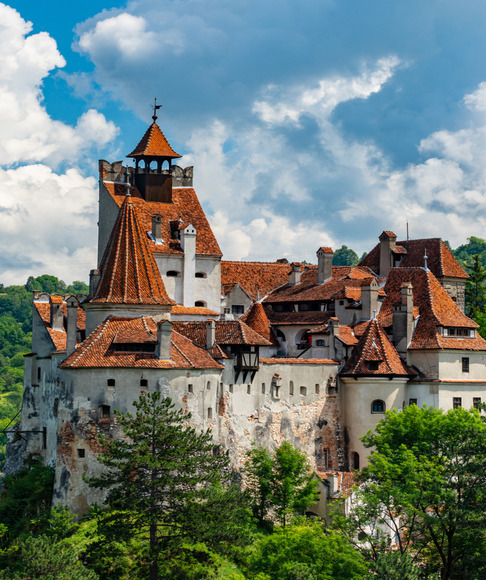


.png)




